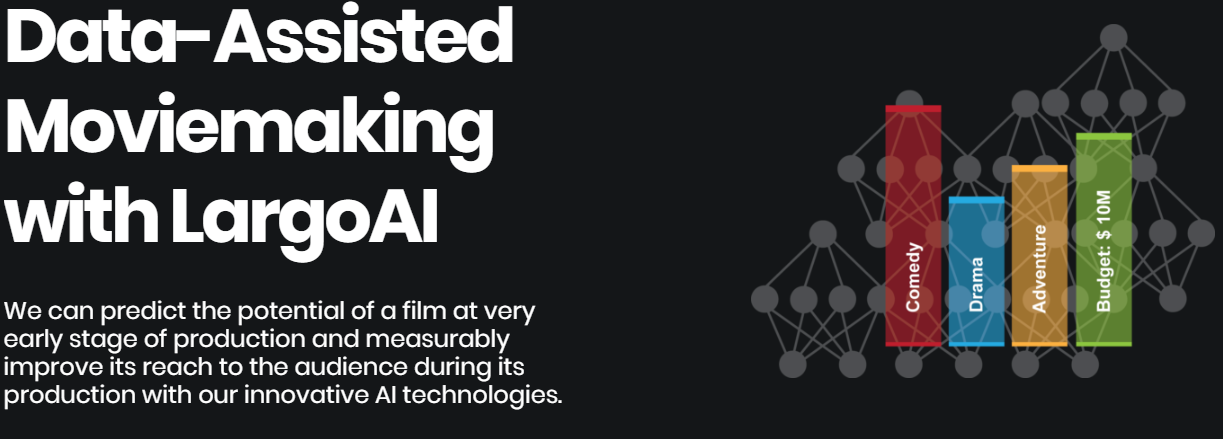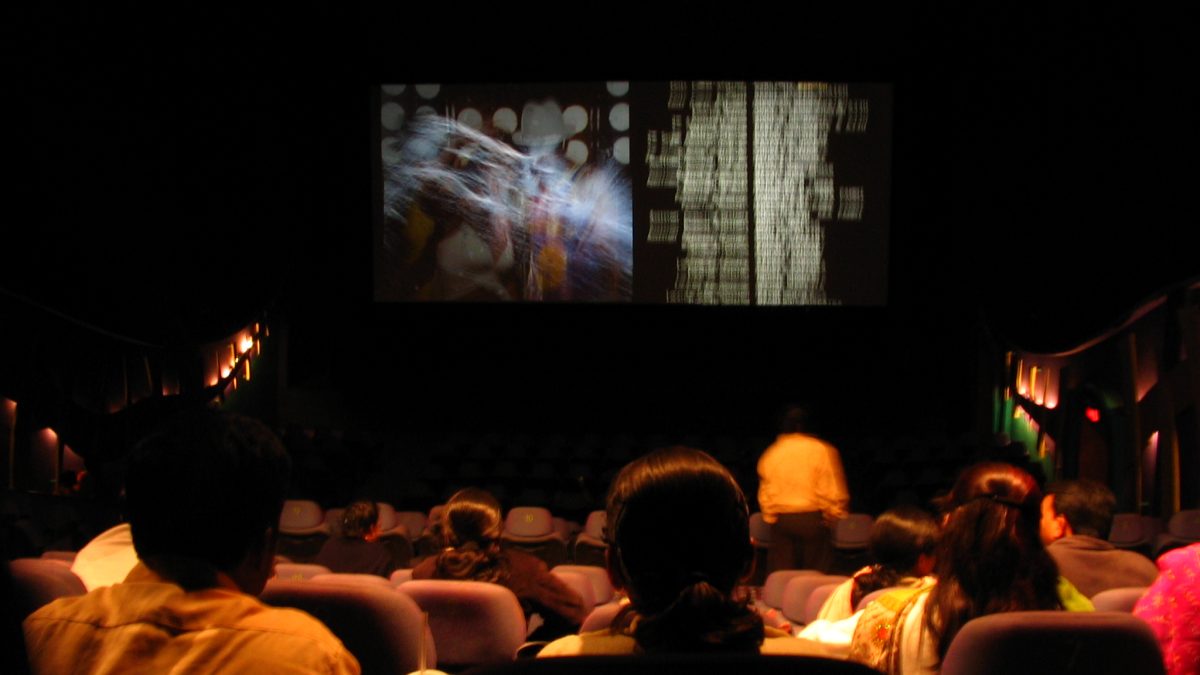
Every independent movie maker dreams about that first big hit.
The audiences come flooding in, cramming movie theatres across the land, all just to see your picture.
Meanwhile, the phone is ringing off the hook with calls from movie studios and press, all wanting to get the next big Hollywood director on the phone.
Not long after come the film festival invitations.
At every single one, your movie cleans up in every category that it has been entered. Soon your mantlepiece is overloaded with awards and you have no space for more.
Well, this is every director’s dream for sure.
The problem is that this is a story that only a handful of independent movie makers ever get to experience such success.
Fortunately, help is at hand that will help filmmakers achieve their dreams, well, commercially at least.
Before we get to that, let’s take a moment to identify the key elements of what exactly is going wrong for independent movie makers.
Understanding Your Audience
While all independent movie makers rightly consider themselves as auteurs, there is a bigger picture that they often fail to conceptualize.
This is quite simply the needs and preferences of their audience.
At the end of the day, if you want your movie to be successful, you have to understand what appeals to your target audience.
For the average Hollywood blockbuster moviegoer, this is basically LOTS of action, topped up with, yes you guessed it, MORE action.
Over the last few decades, Hollywood audiences have proved that they are willing to put up with literally anything just to see big explosions and CGI car chases.
The Fast And Furious saga proves my point 10,000 times over.
With very little in terms of plot or character development (other than Paul Walker’s character leaving the series as a result of his death) audiences have flocked in ever increasing numbers to see, well, CGI car chases and explosions.
The only really interesting thing about these films is just how well Hollywood knows its audience.
For the independent movie maker, things are not so easy.
The problem is that filmmakers are never truly sure of what audiences will like.
Only a few real ‘outsiders’ like David Lynch (who would have thought large audiences would flock to see his surrealistic dystopic masterpieces), Gus Van Sant, and Giuliano Del Toro have made it in Hollywood without having to sell out.
Others such as the great independent moviemaker Werner Herzog have been reduced to making remakes of U.S indie classics such as Bad Lieutenant (despite the fact he actually denied knowing anything about the original).
But what if there was another way to reach a more mainstream audience without having to compromise your artistic vision?
Well, there is. This is where technology is finally coming to the rescue of filmmakers everywhere.
Data-driven Moviemaking
Understanding what a film’s potential audience is and what they will enjoy and dislike in a movie is key to success.
For years, this single problem has defined how the global movie industry does business.
The last stage of the recipe for success has been for big studios to churn out an ever increasing number of remakes and sequels, or cross film franchises such as The Avengers.
Such a formula has guaranteed Hollywood studios huge global box office successes that have earned it billions of dollars from just a handful of movies.
The problem for independent moviemakers is that they neither have the budget for this high action/low plot movies, nor are interested in making them.
So how can you tell if the movie you are planning to make stands a chance of being a hit?
Finally, a solution has arrived.
Data-driven moviemaking involves the application of big data analytics programs such as LargoAI to movies.
Our very own LargoAI can actually analyze a movie from the script phase all the way thorough to the final cut.

LargoAI will analyze each individual scene of a movie to identify their ingredients or recipe.
With the precise ratios of elements such as comedy, drama, romance, etc., LargoAI can they build up a clear understanding of what a movie is all about.
This study is then compared to over 20,000 past movies that the program has already analyzed over the last few years. This data set of movies also includes how each movie preformed at the box office.
From this comparison, LargoAI is able to give reliable predictions and feedback as to how a particular movie will perform at the box office and which parts of the recipe audiences will like and dislike.
We have referred to LArgoAI in the past as a tool that truly gives moviemakers the first ever chance to see into the future.
LargoAI’s report can almost place a filmmaker in the theatre with the audience watching their unfinished movie.
They will be able to get accurate feedback on what audiences enjoyed and what they didn’t.
Not only that, they will be able to visualize how many empty seats there are in the house and gauge the appeal of their film.
By being able to visualize audience response to a particular scene, moviemakers will be able to decide whether to alter them in accordance to the suggestions provided by LargoAI in order to strengthen the positive response to the movie.
The simple act of recasting Rosana Arquette’s role in Luc Besson’s The Big Blue would have resulted in that film being considered a cinematic classic today. LargoAI would have suggested such a change.
Most moviemakers still insist on the approach that the audience must come to their film.
As distribution gets ever more difficult to obtain outside of film festivals, and more and more moviemakers turn to the power of big data analytics, filmmakers who don’t utilize the power of this tool to see into the future are going to be left behind.
For more information on data-driven moviemaking, contact Largo Films today.





Stay connected